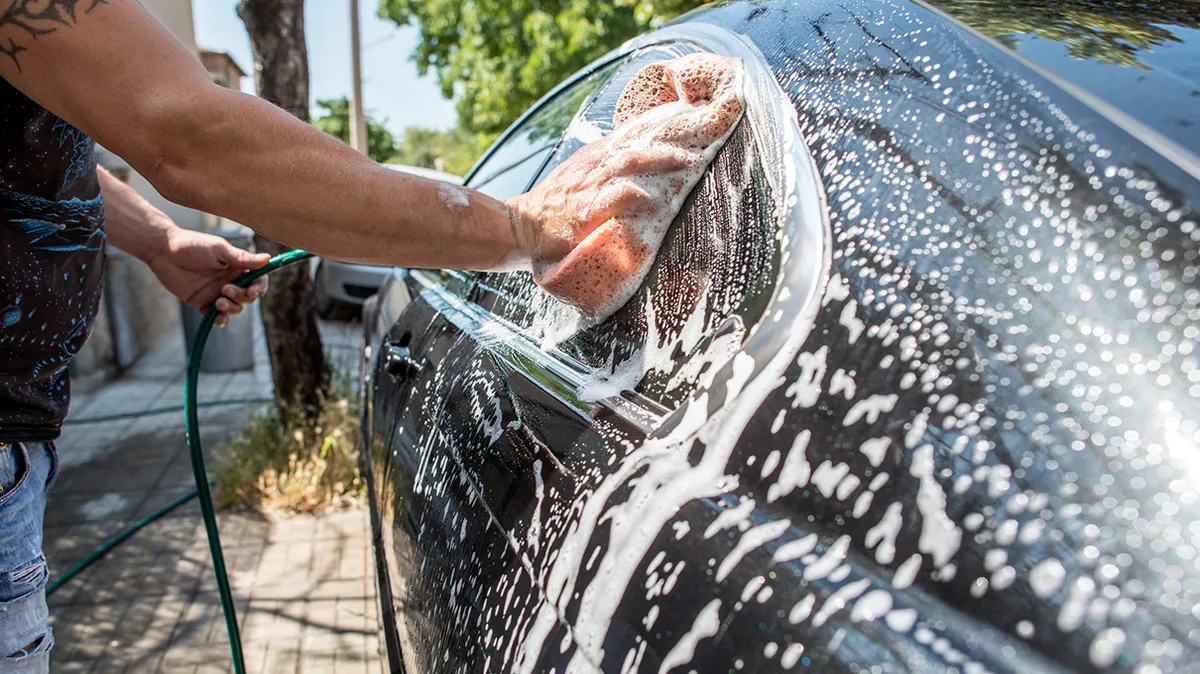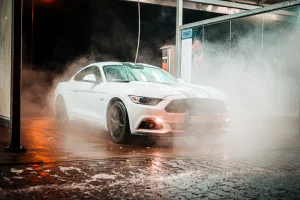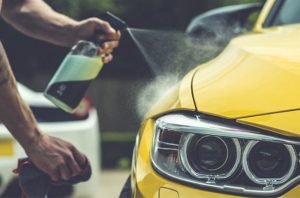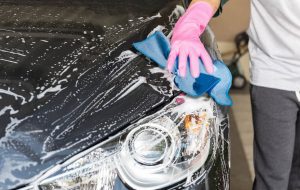Maintaining your car’s appearance and protecting its paint is essential for keeping it looking new for years to come. One of the most common practices car owners consider is waxing their car after washing it. But is it necessary to wax your car after every wash? Let’s dive into expert advice to understand when and why you should wax your car, and how frequently it should be done to maximize protection and longevity.
The Purpose of Waxing Your Car
Waxing your car serves multiple purposes, but the primary function is to protect the paintwork from environmental contaminants like dirt, dust, water, UV rays, bird droppings, and tree sap. When you apply wax to your car’s surface, it creates a protective layer that shields the paint and gives it that smooth, glossy finish that many car owners love. This wax barrier helps to prevent oxidation (which causes fading) and keeps your car looking shiny for longer periods.
Wax also makes it easier to clean your car during future washes, as dirt and grime are less likely to stick to a well-waxed surface. It can even improve the car’s resale value, as a well-maintained paint job is one of the first things potential buyers notice.
How Often Should You Wax Your Car?
While waxing offers many benefits, it’s not necessary to apply wax after every single wash. Experts generally recommend waxing your car every three to six months, depending on factors like the type of wax used, the environment you live in, and how often your car is exposed to the elements.
Modern car waxes, particularly synthetic varieties, are designed to be long-lasting. They can protect your car for several months, meaning there’s no need to wax after every wash. However, if you live in an area with harsh weather conditions (extreme heat, cold, or frequent rain) or if your car is parked outdoors most of the time, you may want to wax it more frequently to ensure optimal protection.
Factors to Consider When Deciding How Often to Wax
- Climate and Environment: Cars exposed to intense sunlight, salty coastal air, or areas with high pollution will need more frequent waxing. These elements can degrade the protective wax layer faster, making it necessary to reapply wax every two to three months.
- Type of Wax: There are two main types of car waxes—natural and synthetic. Natural waxes, like carnauba wax, provide a deep, warm shine but tend to last only about one to two months. Synthetic waxes, on the other hand, are formulated to last longer, with many synthetic waxes offering protection for up to six months. Depending on the wax you use, the frequency of application will vary.
- How Often You Wash Your Car: Frequent washing, especially with harsh detergents, can strip away wax, necessitating more frequent applications. If you wash your car every week or more, you may need to wax it more often than someone who washes their car less frequently.
- Driving Conditions: If you frequently drive on dusty roads, through construction zones, or in areas with heavy rain, your wax protection will wear down faster. For drivers in these conditions, waxing every two to three months is recommended to ensure continuous protection.
Waxing After Every Wash: Is It Too Much?
Waxing your car after every wash is not harmful, but it’s often unnecessary. As mentioned, most modern waxes are designed to last for months, so reapplying them too frequently won’t provide additional benefits—it may even result in product buildup, which can make the surface feel sticky or attract more dust.
If you wash your car often and want to maintain that “just waxed” shine, you can use a quick detailer spray or spray wax. These products are easy to apply after each wash and provide a temporary boost of shine and protection without the need for a full waxing session.
Signs That Your Car Needs Waxing
Even if you stick to a routine waxing schedule, there are a few signs that indicate it’s time to reapply wax:
- Water Beading Stops: A well-waxed car will cause water to bead up and roll off the surface easily. If you notice that water is no longer beading or is forming larger, irregular patches, it may be time to wax again.
- Dull or Faded Paint: Wax not only protects your car but also enhances its shine. If your car’s paint starts to look dull or faded, it could be a sign that the wax layer has worn away.
- Rough Surface Feel: After washing your car, gently run your hand over the paint. If it feels rough or gritty, it’s likely that the protective wax coating has worn off, and it’s time to reapply wax to restore the smooth finish.
Alternative Ways to Protect Your Car Between Waxes
If you don’t want to commit to waxing your car after every wash but still want to maintain its appearance, there are alternative methods to boost protection between waxing sessions:
- Use a Spray Wax or Quick Detailer: These products are designed for easy application and can provide a temporary layer of protection and shine. They’re perfect for maintaining your car’s look between full waxing sessions and can be used after every wash.
- Sealants: Paint sealants are similar to waxes but are designed to last even longer, often up to a year. While they don’t offer the same deep shine as carnauba wax, they provide excellent protection and require less frequent application.
- Ceramic Coatings: Ceramic coatings offer long-lasting protection, typically for one to two years. While more expensive and time-consuming to apply than wax, ceramic coatings form a durable layer that offers superior protection from UV rays, water, dirt, and other contaminants.
Conclusion
In 2024, waxing your car is still a key step in protecting your vehicle’s paint and enhancing its appearance. However, you don’t need to wax your car after every wash. Waxing your car every three to six months is sufficient for most drivers, especially if you’re using a high-quality synthetic wax.



